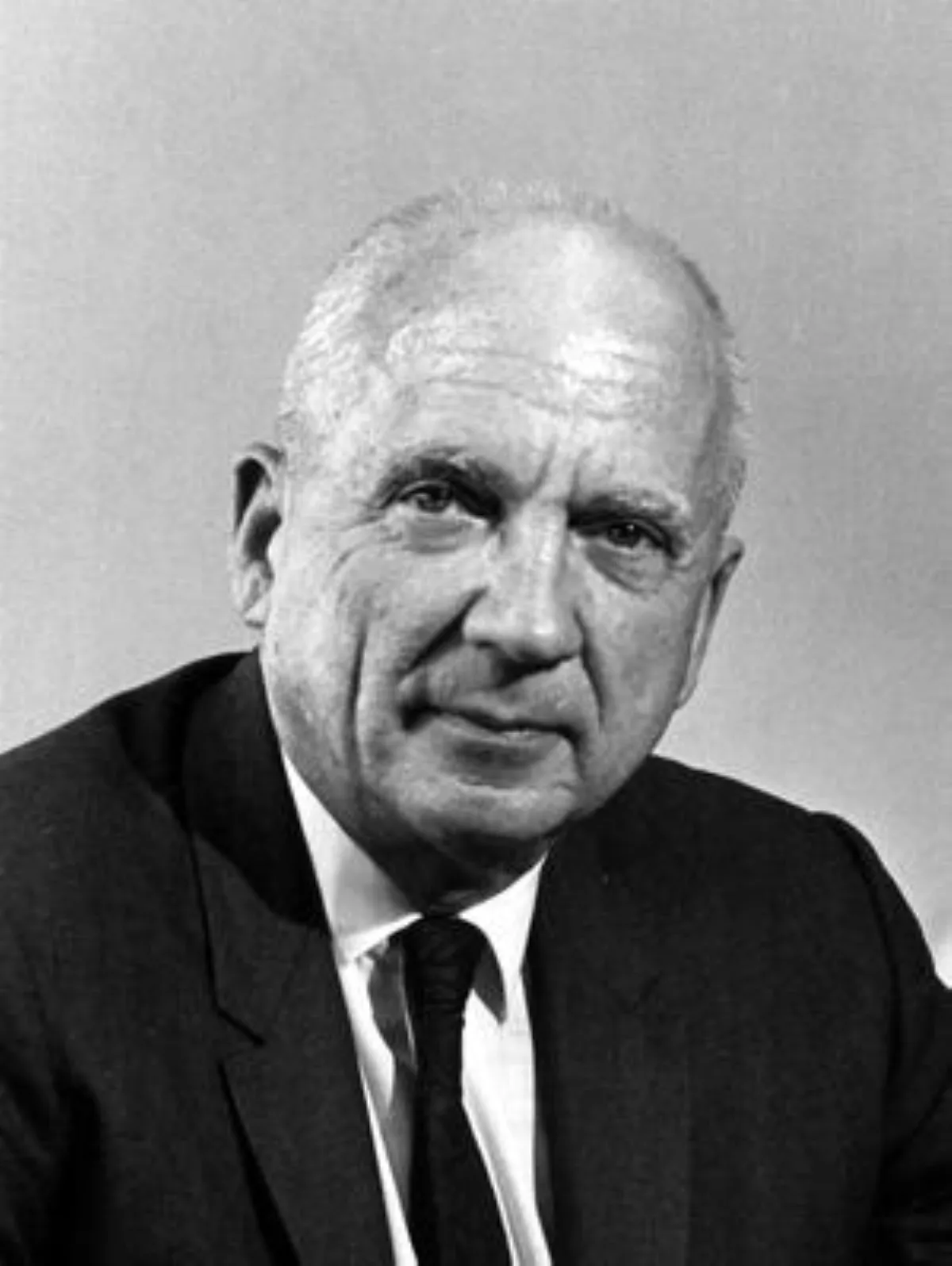 1.
1. Norris Bradbury succeeded Robert Oppenheimer, who personally chose Bradbury for the position of director after working closely with him on the Manhattan Project during World War II.

 1.
1. Norris Bradbury succeeded Robert Oppenheimer, who personally chose Bradbury for the position of director after working closely with him on the Manhattan Project during World War II.
Norris Bradbury took charge at Los Alamos at a difficult time.
Norris Bradbury managed to persuade enough staff to stay and got the University of California to renew the contract to manage the laboratory.
Norris Bradbury pushed continued development of nuclear weapons, transforming them from laboratory devices to production models.
Norris Bradbury was born in Santa Barbara, California, on May 30,1909, one of four children of Edwin Perley Bradbury and his wife Elvira nee Clausen.
Norris Bradbury was educated at Hollywood High School and Chaffey High School in Ontario, California, graduating at the age of 16.
Norris Bradbury became interested in physics and did graduate work at the University of California, Berkeley, where he was a teaching fellow from 1929 to 1931.
Norris Bradbury submitted a PhD thesis on Studies on the Mobility of Gaseous Ions under the supervision of Leonard B Loeb, and was awarded a National Research Council fellowship.
Norris Bradbury became an expert on the electrical conductivity of gases, the properties of ions, and the behavior of atmospheric electricity, publishing in journals including the Physical Review, Journal of Applied Physics, Journal of Chemical Physics, and the Journal of Atmospheric Electricity and Terrestrial Magnetism.
Norris Bradbury invented the Bradbury-Nielsen shutter, a type of electrical ion gate, widely used in mass spectrometry in both time-of-flight mass spectrometers and ion mobility spectrometers.
Norris Bradbury was called up for service in World War II in early 1941, although the Navy allowed him to stay at Stanford until the end of the academic year.
Norris Bradbury was then sent to the Naval Proving Ground at Dahlgren, Virginia, to work on external ballistics.
In June 1944, Norris Bradbury received orders from Parsons, who was now the deputy director of the Manhattan Project's Los Alamos Laboratory, to report to Albuquerque, New Mexico.
Norris Bradbury was less than enthusiastic about the prospect, but he was a naval officer, and ultimately agreed to go.
At Los Alamos, Norris Bradbury became head of E-5, the Implosion Experimentation Group, which put him in charge of the implosion field test program.
At this point, Norris Bradbury was leading some of the most critical work at the laboratory, as it struggled with the jets that spoiled the perfect spherical shape desired for the implosion process.
Norris Bradbury was transferred to Project Alberta to head the Fat Man assembly group.
In July 1945, Norris Bradbury supervised the preparation of "the Gadget", as the bomb was known, at the Trinity nuclear test.
Parsons arranged for Norris Bradbury to be quickly discharged from the Navy, which awarded him the Legion of Merit for his wartime services.
Norris Bradbury remained in the Naval Reserve, though, ultimately retiring in 1961 with the rank of captain.
Norris Bradbury had hoped that Atomic Energy Act of 1946 would be quickly passed by Congress and the wartime Manhattan Project would be superseded by a new, permanent organization.
Norris Bradbury pushed continued development of nuclear weapons to take them from laboratory devices to production models.
In 1948, Norris Bradbury submitted a proposal to the Atomic Energy Commission for a new $107 million facility on the South Mesa, linked to the town by a new bridge over the canyon.
All this time, Norris Bradbury remained nominally a professor in absentia at Stanford.
The university duly served notice, but Norris Bradbury managed to get it rescinded, and in 1948 the contract was renewed.
In later years, Norris Bradbury branched out, constructing the Los Alamos Meson Physics Facility to develop the laboratory's role in nuclear science.
For many years, Norris Bradbury was responsible for much of the administration of the town of Los Alamos.
In 1966, Norris Bradbury was awarded the Department of Defense Medal for Distinguished Public Service for "exceptionally meritorious civilian service to the Armed Forces and the United States of America in a position of great responsibility as director, Los Alamos Scientific Laboratory".
Norris Bradbury retired as director of Los Alamos Laboratory in 1970.
In 1969 the governor of New Mexico, David Cargo, appointed Norris Bradbury as a regent of the University of New Mexico, but this was a turbulent time for the university.
Norris Bradbury was survived by his wife Lois, who died in January 1998, and his three sons.